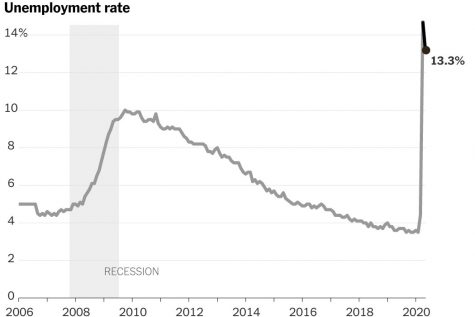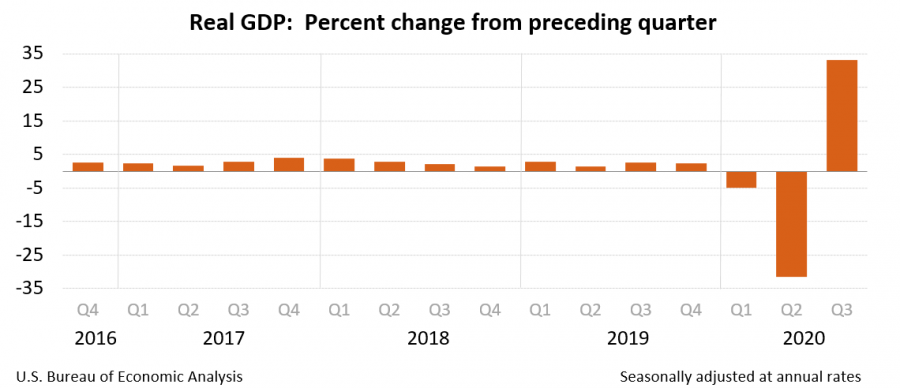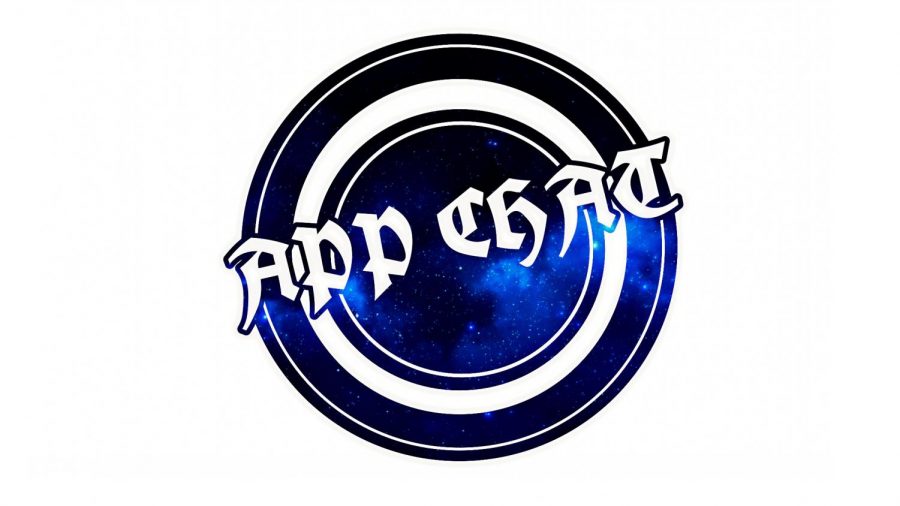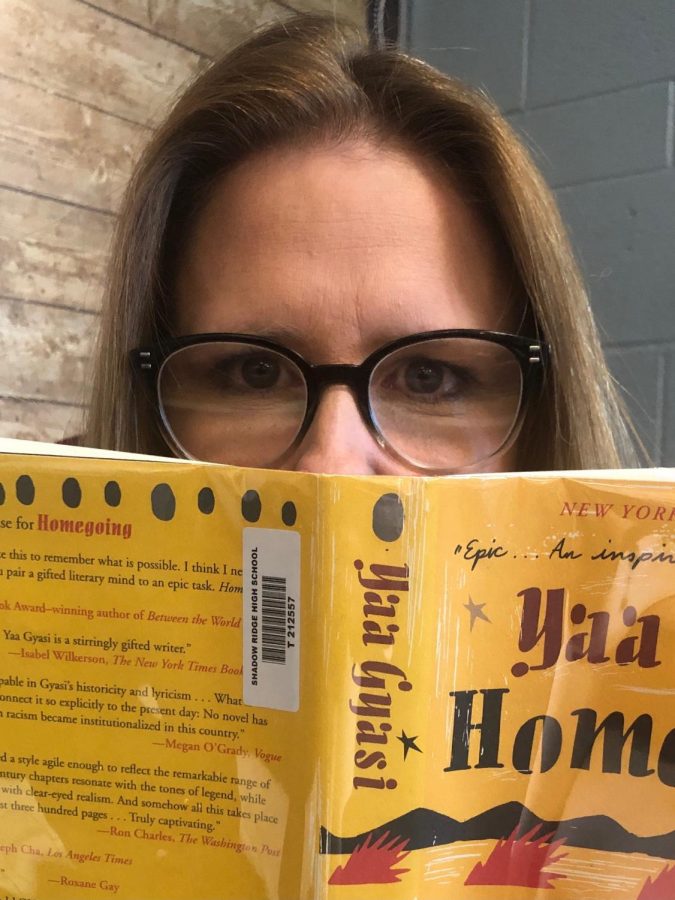Road to Economic Recovery
Photo Courtesy of: Google Images
Graph of the current gross domestic product.
December 10, 2020
Because of the COVID-19 pandemic, America is in a recession that is comparable to the Great Depression. The current K shape recovery, where different parts of the economy recover at different times, and with the financial markets growing but the labor market declining, is directly proportional to the incline in the COVID-19 numbers. The most crucial part of economic recovery is the people themselves who provide services and buy goods in order for the gross domestic product (GDP) to rise. The government has attempted to create relief for citizens but with high demand, it will be a slow process of recovery for the United States.
“Smart public health interventions not only are going to reduce the number of people who get sick and reduce mortality from the coronavirus, but they’re also the key to restoring healthy functioning of the economy — because the economy isn’t going to go back to normal until we’ve defeated the disease,” MIT professor and study co-author Emil Verner said

The road to recovery would mean more intense fiscal relief and containing the virus through stricter social distancing. The Trump administration gave the biggest stimulus package in history of 2.5 trillion dollars and was funded through new acts and policies. These include the Coronavirus Preparedness and Response Supplemental Appropriations Act, the Families First Coronavirus Response Act, the Coronavirus Aid, Relief, and Economic Security (CARES) Act, and the Paycheck Protection Program and Health Care Enhancement Act. A new stimulus package of 908 billion dollars is planning to arrive, but not for stimulus checks, which has made many progressives critical of the new plan.
“If people don’t get UI (Unemployment Insurance) assistance, and if they don’t get a stimulus check, then relief isn’t going to be felt in their lives, not in a substantive way,” Congresswoman Alexandria Ocasio-Cortez said. “And so will I support resources to hospitals and schools and firefighters? Absolutely. But I am extremely concerned that it’s not going to solve the immediate problems that people have. If you’re on the brink of eviction or if you’re behind on six months of bills, you need that check, you need the check, and state and local funding isn’t going to help you.”
The government has funded billions of dollars towards the COVID-19 vaccine that would ultimately save the economy. Providing relief for citizens and federal agencies is crucial for the current state of despair of some U.S. citizens. Stimulus packages to reinvigorate the economy gives the consumer spending money which, in return, boosts consumption and drives revenues. Most importantly, containing the virus through vigorous social distancing, by wearing a mask in public, limiting the number of gatherings and capacity, and taking the vaccine when it is available are all ways citizens can help.








